Description
Cranberry (Vaccinium macrocarpon) Growing Conditions
Overview:
Cranberries are a versatile, evergreen shrub native to North America, prized for their tart, red berries used in a variety of culinary delights. These low-growing vines thrive in acidic soils and are well-suited for wetland areas, making them a unique addition to your garden or landscape.
Light:
Cranberries require full sun to partial shade. They thrive best in areas with at least 6 hours of direct sunlight daily, but they can tolerate some shade, especially in hotter climates.
Soil:
Cranberries prefer acidic soil with a pH between 4.0 and 5.5. The soil should be sandy, well-draining, and rich in organic matter. Incorporating peat moss into the soil can help achieve the desired acidity and moisture retention.
Water:
Consistent moisture is key for cranberry plants. They thrive in wet, bog-like conditions, so keeping the soil consistently moist is crucial, especially during fruit formation. However, avoid waterlogged conditions, as cranberries need well-draining soil to prevent root rot.
Temperature:
Cranberries are cold-hardy and can tolerate temperatures down to -30°C (-22°F). They require a period of dormancy with cold winter temperatures to produce fruit in the following growing season.
Fertilization:
Cranberries have low nutrient requirements but benefit from a light application of a balanced fertilizer in early spring. Avoid over-fertilizing, as excess nutrients can lead to poor fruit quality and growth.
Mulching:
Applying a layer of mulch, such as pine needles or peat moss, helps maintain soil moisture, suppress weeds, and protect shallow roots. This is particularly beneficial in maintaining the acidic environment cranberries need.
Pruning:
Prune cranberry plants annually in late winter or early spring to remove dead or diseased wood and to encourage new growth. Pruning helps maintain the plant’s vigor and improves fruit production.
Harvesting:
Cranberries typically mature in late fall. The berries are ready for harvest when they turn a deep red color. Harvest by gently shaking the vines or using specialized tools to collect the berries without damaging the plants.
Pest and Disease Management:
Cranberries are relatively pest-resistant but can occasionally suffer from fungal diseases like fruit rot or leaf spot. Ensure proper air circulation, avoid overhead watering, and use fungicidal sprays if necessary.
Companion Planting:
Companion plants such as blueberries and azaleas share similar soil requirements and can thrive alongside cranberries, creating a cohesive and productive garden bed.
Planting Tips:
For home gardens, cranberries can be planted in raised beds or containers to better control soil conditions. Space plants about 20-30 cm (8-12 inches) apart, and ensure the soil remains consistently moist throughout the growing season.
Adding cranberries to your garden not only provides a unique ground cover but also rewards you with a bountiful harvest of nutrient-rich berries each year. Perfect for both culinary use and enhancing your garden’s aesthetic!

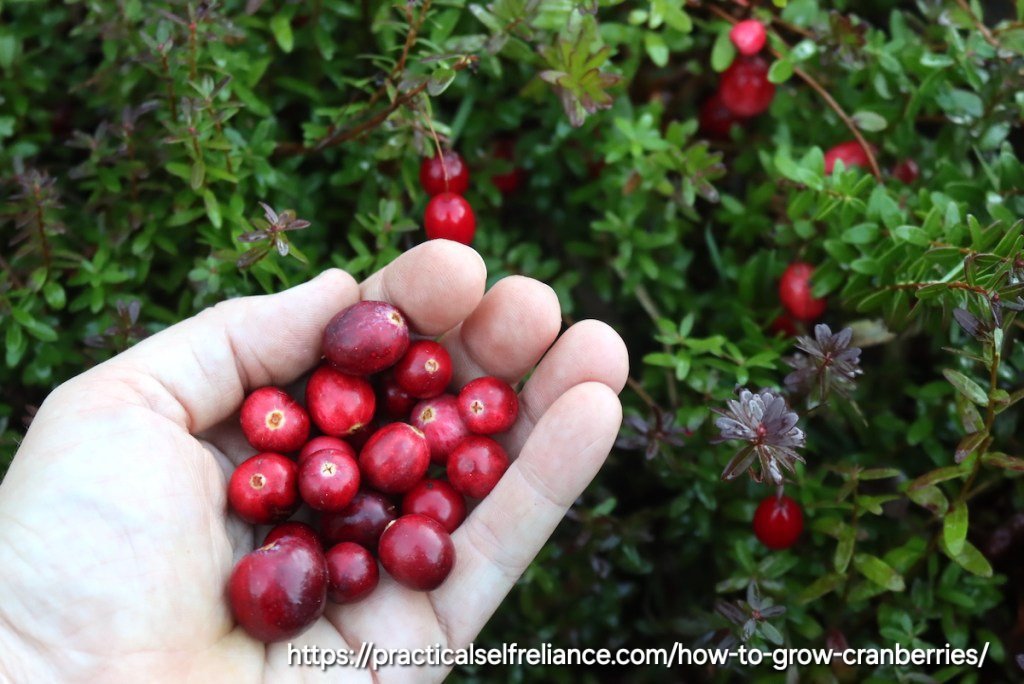
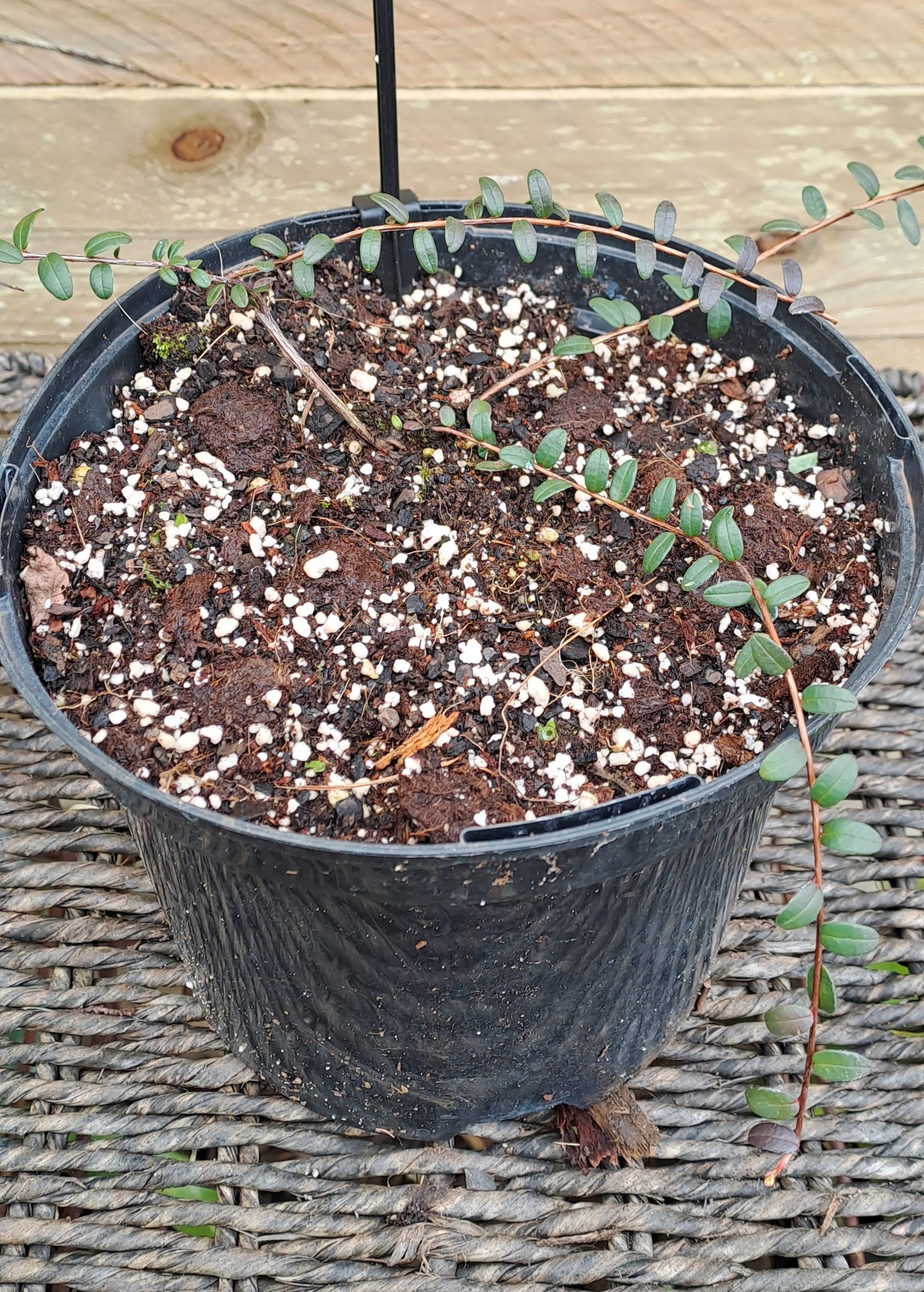
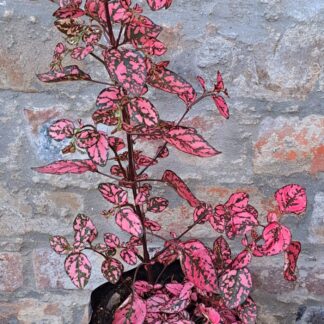
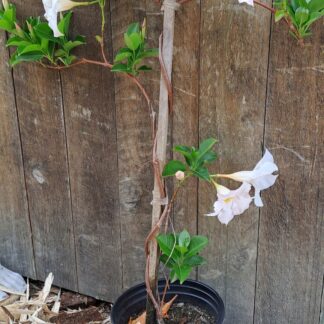
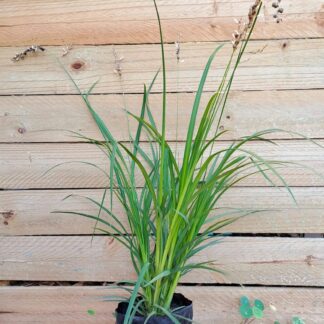

Reviews
There are no reviews yet.